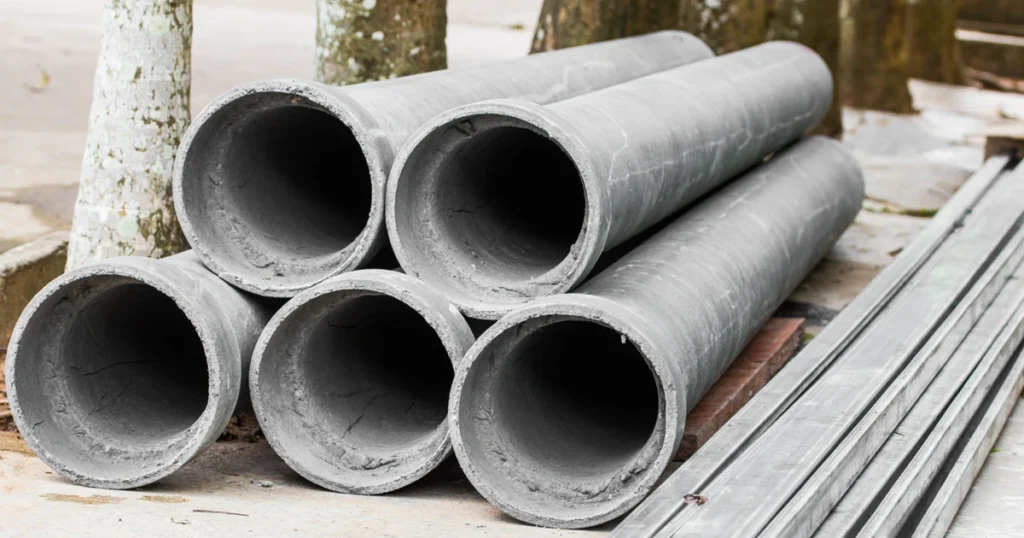How Brabant Water Used Non-Invasive Tech to Tackle Aging Asbestos Cement Mains
A new trial in the Netherlands shows how utilities can take control of aging AC pipe infrastructure—without ever shutting down service.
Asbestos Cement (AC) water mains present a unique challenge for utilities. Unlike metallic pipes, AC pipes don’t corrode in a predictable pattern. Instead, they degrade from within as cement leaches out over time—making structural integrity harder to detect and even harder to manage.
That’s exactly the challenge Brabant Water, a major drinking water utility in the Netherlands, set out to solve. The utility needed a scalable, non-invasive way to assess the condition of its aging AC transmission mains—starting with a key 700-meter section of 300mm pipe. And they found their answer in Dynamic Response Imaging™ (DRI™) from KenWave Solutions.
Supported by Innovation: Isle Utilities’ Trial Reservoir Program
To de-risk the pilot, Brabant Water teamed up with Isle Utilities through the Trial Reservoir, a funding program that connects promising technology providers with utilities in need. The program front-loads the cost of trials through a repayable loan—one that’s only repaid if the technology meets agreed performance targets.
That structure made it easier for Brabant Water to trial DRI alongside their existing ultrasonic testing (UT) data. It also ensured both parties were aligned on success from the start.
Fast, Reliable, and Still Online
One of the biggest advantages of DRI is that it works without taking pipelines out of service. The system analyzes dynamic vibrational responses to infer wall stiffness and identify areas of structural concern—making it especially useful for brittle materials like asbestos cement.
In this trial, KenWave inspected the pipeline using two access point configurations:
100-meter spacing for high-resolution insight (2–3m)
300-meter spacing to test scalability (20m)
Fieldwork lasted just four days. Despite high groundwater conditions, Brabant Water teams used innovative potholing methods to limit disruption to nearby farmland.
How Did DRI Perform?
Data quality was closely monitored during the inspection, and results were benchmarked against the utility’s UT dataset, adjusted for asbestos cement properties.
In the 100-meter spacing scenario, DRI delivered:
- ±6% accuracy across 83% of the pipe length (target: 80%)
- ±10% accuracy across 98% (target: 90%)
- 100% compliance at ±15% and ±20% thresholds
Put simply: DRI exceeded all KPI targets—and proved it could match high-resolution inline data using a much less invasive setup.
What’s Next?
With the initial trial complete, Brabant Water is moving into Phase 2: training its own staff to use DRI across more pipeline segments. Additional fieldwork is already scheduled for Fall 2025.
More than just a successful pilot, this project shows what’s possible when utilities, innovators, and funding programs work together. Thanks to Isle Utilities’ Trial Reservoir, a proven technology found its way to the field—and a major utility gained a new tool to help manage aging infrastructure.
Dynamic Response Imaging™ isn’t just a trial success. It’s a scalable strategy for extending the life of AC water mains—accurately, affordably, and without digging.
Download the Case Study
KenWave helps utilities transform AC pipe from a hidden liability into a data-driven asset management strategy. Whether you’re planning renewal, budgeting capital, or addressing reliability risks, DRI™ provides the clarity you need.




